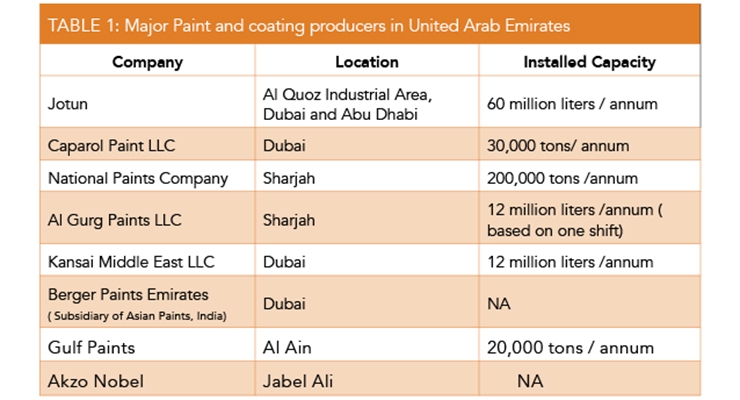Seasonal Factors To Consider For Industrial Outside Paint: What You Need To Know
Seasonal Factors To Consider For Industrial Outside Paint: What You Need To Know
Blog Article
Material Composed By-Aguilar Bagger
When you're intending a commercial exterior paint task, seasonal elements can make or damage your outcomes. You'll want to take into consideration how temperature and humidity impact paint application and drying times. Choosing the ideal period can ensure your paint sticks correctly and lasts much longer. However which seasons are truly the best for this kind of job? Allow' Suggested Site out the crucial elements that can affect your project's success.
The Influence of Temperature Level on Paint Application
When you're planning a commercial external painting project, the temperature level can significantly impact how well the paint adheres and dries.
Preferably, you wish to paint when temperature levels vary in between 50 ° F and 85 ° F. If it's also cold, the paint might not heal effectively, leading to concerns like peeling off or cracking.
On the other side, if it's too warm, the paint can dry out as well quickly, protecting against correct attachment and causing an unequal finish.
You must also take into consideration the moment of day; morning or late afternoon offers cooler temperature levels, which can be much more desirable.
Always check the maker's referrals for the specific paint you're utilizing, as they typically give guidance on the excellent temperature array for optimal outcomes.
Humidity and Its Impact on Drying Times
Temperature isn't the only ecological aspect that affects your industrial exterior painting job; moisture plays a substantial duty too. High moisture degrees can slow down drying out times significantly, impacting the general quality of your paint job.
When the air is saturated with dampness, the paint takes longer to cure, which can result in problems like inadequate bond and a greater danger of mold growth. If you're repainting on a particularly humid day, be planned for extended delay times in between coats.
It's vital to keep an eye on neighborhood weather conditions and plan appropriately. Ideally, aim for humidity levels in between 40% and 70% for optimum drying.
Keeping these consider mind ensures your job remains on track and provides a long-term surface.
Best Seasons for Commercial Outside Paint Projects
What's the best season for your commercial external paint projects?
Springtime and early fall are normally your best options. Throughout https://brooksqvoph.bloggerchest.com/34959167/figure-out-exactly-how-to-articulate-your-vision-to-your-paint-specialist-efficiently-guaranteeing-the-success-of-your-task , temperature levels are mild, and humidity levels are usually lower, developing optimal problems for paint application and drying out.
Avoid summer season's intense heat, which can cause paint to dry also swiftly, bring about inadequate bond and surface. Similarly, wintertime's cool temperatures can hinder appropriate drying and healing, running the risk of the long life of your paint job.
Go for days with temperatures between 50 ° F and 85 ° F for optimum results. Remember to check the neighborhood weather report for rain, as wet problems can ruin your job.
Preparation around these factors guarantees your painting project runs efficiently and lasts longer.
Final thought
In conclusion, preparing your business exterior paint tasks around seasonal considerations can make a substantial difference in the outcome. By organizing work throughout the suitable temperature levels and humidity levels, you'll make certain far better attachment and drying times. Bear in mind to keep an eye on regional weather report and select the correct time of year-- spring and very early fall are your best options. Taking these steps will certainly assist you achieve a resilient and expert coating that lasts.
